There is a perfectly scientific theory that the Paris-residing German cancer researcher Guido Kroemer is somehow the centre of the biomedical data fudgery universe. Every questionable scientist seems to be somehow connected to Kroemer: Carlos Lopez-Otin, Didier Raoult, David Ojcius and Josef Penninger are his best friends, while Carlo Croce and Adriano Aguzzi awarded Kroemer a prize of €1 Million in 2019. Kroemer is even connected to Irina Stancheva, via her mentoring coauthor and his personal friend, Sir Adrian Bird. The main argument for this theory of Guidocentricity is that Kroemer never retracted a single paper or suffered any professional consequences despite his impressive PubPeer record of over 60 papers.
Let me now introduce to you another collaborator or maybe even a friend of Kroemer: Claudio Hetz. Hetz is an artist, a blues musician, but his performance artistry does not end there: he is also professor of neuroscience, his goal is to save the lives of sufferers of Parkinson’s, Alzheimer’s, Amyotrophic Lateral Sclerosis (ALS) and other neurodegenerative diseases. And be not in doubt: Hetz succeeds, thanks to his creativity. And Photoshop.
A Chile native, Dr Hetz is a bigwig in his country and beyond. He runs, in his own words, “one of the most productive laboratories in Chile” at the University of Chile in Santiago (where he is Director of the Biomedical Neuroscience Institute), and is constantly in national news. In USA, Hetz progressed from adjunct professorship to faculty at the Buck Institute in California, where he is presently setting up a new franchise lab. The Chilean genius also is adjunct professor in Harvard and has 24 papers on PubPeer, none retracted.
In 2016, on the occasion of his angling yet another big grant, Hetz was interviewed by the charity which supports him. He said:
“Patients affected with ALS now need to know that we are working for them, even though our current scientific efforts will benefit next generations. They can have the hope that we are doing our best effort to contribute to finding a possible cure for this disease, and that families suffering from loss of beloved ones and uncertainty about their future will count on powerful treatments to live a normal life. We feel completely motivated and convinced to dedicate our careers to fight ALS.“
You probably now want to see how Hetz finds his cures? He just knows what works, and bends reality to do his bidding. Just like Kroemer.

Like Kroemer, Hetz reached the supernatural status of a genius scientist where physical laws stopped applying. They can publish anything, and nobody will question it. Just last year, Hetz and Kroemer published a paper with mismatched raw data, simply because they can.

Estefanie Dufey, José Manuel Bravo-San Pedro, Cristian Eggers, Matías González-Quiroz, Hery Urra, Alfredo I. Sagredo, Denisse Sepulveda, Philippe Pihán, Amado Carreras-Sureda, Younis Hazari, Eduardo A. Sagredo, Daniela Gutierrez, Cristian Valls, Alexandra Papaioannou, Diego Acosta-Alvear, Gisela Campos, Pedro M. Domingos, Rémy Pedeux, Eric Chevet, Alejandra Alvarez, Patricio Godoy, Peter Walter, Alvaro Glavic, Guido Kroemer, Claudio Hetz Genotoxic stress triggers the activation of IRE1α-dependent RNA decay to modulate the DNA damage response Nature Communications (2020) doi: 10.1038/s41467-020-15694-y
Sure, the raw data shows a completely different P-eIF2A result from the main figure. But then again, the pay-to-play pseudo-elite journal Nature Communications recently made their stance on research ethics by taking papers on eugenics or from zombie scientists like Kathrin Maedler and Maria Fousteri, despite past fraud findings. The Editor-in-Chief Elisa Di Raineri then blocked me on Twitter for slandering her valued paying customers. Why shouldn’t she accept such quality science from Kroemer and Hetz if they are paying $5500 for the service?
Now you know what you must do to publish in a Nature-themed journal. But not just there, here an older Kroemer and Hetz collaboration:
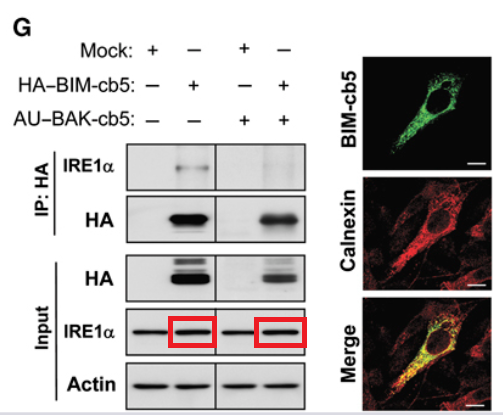
Diego A Rodriguez, Sebastian Zamorano, Fernanda Lisbona, Diego Rojas-Rivera, Hery Urra, Juan R Cubillos-Ruiz, Ricardo Armisen, Daniel R Henriquez, Emily H Cheng, Michal Letek, Tomas Vaisar, Thergiory Irrazabal, Christian Gonzalez-Billault, Anthony Letai, Felipe X Pimentel-Muiños, Guido Kroemer, Claudio Hetz BH3-only proteins are part of a regulatory network that control the sustained signalling of the unfolded protein response sensor IRE1α The EMBO Journal (2012) – doi: 10.1038/emboj.2012.84
Cloned gel bands, it seems, and further analysis on Pubpeer strengthens the suspicion. These authors were deemed so important that also the rule “The journal does not permit citation of “Data not shown”” did not apply to them. Will there be a correction? While at it, maybe the publisher EMBO can gather courage to look into this paper by Hetz again:
Karen Castillo, Diego Rojas-Rivera, Fernanda Lisbona, Benjamín Caballero, Melissa Nassif, Felipe A Court, Sebastian Schuck, Consuelo Ibar, Peter Walter, Jimena Sierralta, Alvaro Glavic, Claudio Hetz BAX inhibitor-1 regulates autophagy by controlling the IRE1α branch of the unfolded protein response The EMBO Journal (2011) doi: 10.1038/emboj.2011.318
So far, only Figure 6D was corrected in 2017, the authors warned that “It is worth mentioning that the lysotracker signal was never significant in the non‐treated conditions“:
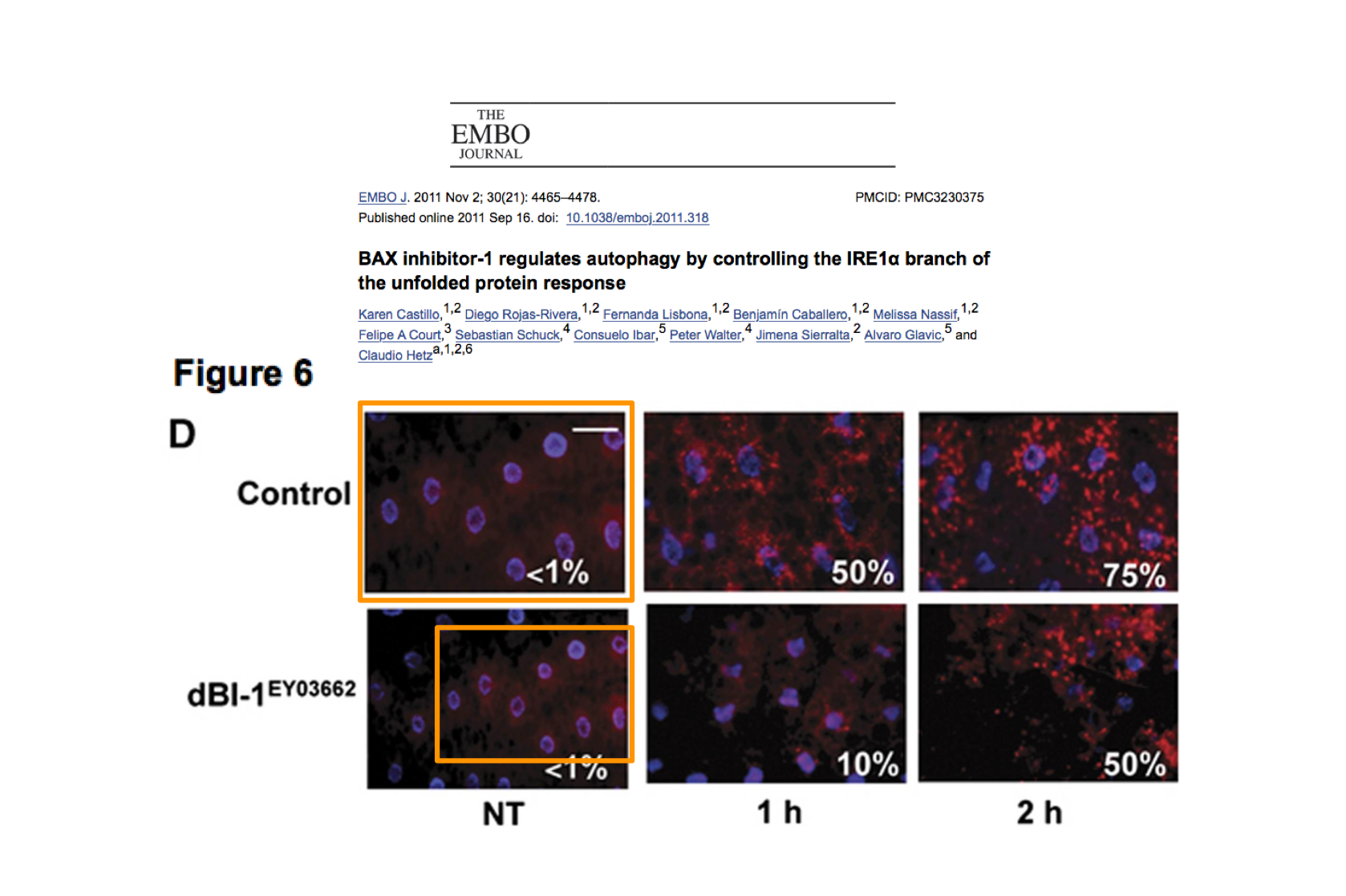
Maybe you notice that the image was not just accidentally copy-pasted, but shrunk and its red channel boosted. The falsification apparently did not affect the conclusions, you see, it was “never significant“. But what about Figure 6H, flagged in May 2020, what with its copy-pasted gel bands?
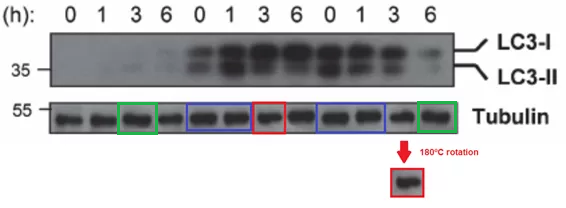
Oh I know, it’s merely a loading control, which was “never significant”, too! Don’t laugh, I wouldn’t be surprised if this is why there was no follow-up action from the journal till today.
Now I would like to show you a paper from the Hetz lab where the “raw” data (or what was passed off as raw data) has been apparently generated in Photoshop, to satisfy those petty journal requirements.
Hery Urra , Daniel R. Henriquez, José Cánovas, David Villarroel-Campos, Amado Carreras-Sureda, Eduardo Pulgar, Emiliano Molina, Younis M. Hazari, Celia M. Limia, Sebastián Alvarez-Rojas, Ricardo Figueroa, Rene L. Vidal, Diego A. Rodriguez, Claudia A. Rivera, Felipe A. Court, Andrés Couve, Ling Qi, Eric Chevet, Ryoko Akai, Takao Iwawaki, Miguel L. Concha, Álvaro Glavic, Christian Gonzalez-Billault, Claudio Hetz IRE1α governs cytoskeleton remodelling and cell migration through a direct interaction with filamin A Nature Cell Biology (2018) doi:10.1038/s41556-018-0141-0

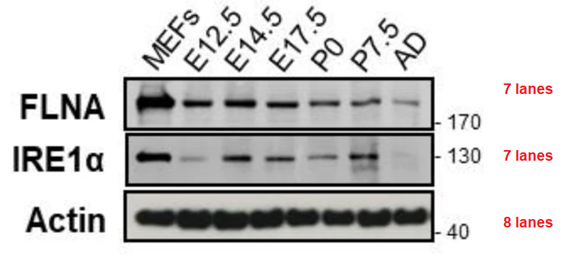
The paper was corrected in 2018, to reassure the readers that “The authors declare no competing interests.” There is no need for this elite Nature family journal to correct anything else, as it seems.
Update: a reader informed me that one of this 2018 paper’s authors is Andres Couve Correa, professor at the University of Chile, who in December 2018 became Chile’s minister for research.
That mismatch in gel lane number was not a one-off. Such things happen when you accidentally mis-load your gel to obtain the desired result and then urgently need a nice equally loaded control (here, actin), which you pull out from your “loading control library” in a hurry and forget to at least count the gel lanes. Not that anyone noticed it during peer review. Or maybe they didn’t mind, remember: rules don’t apply to Hetz. So here another such situation:
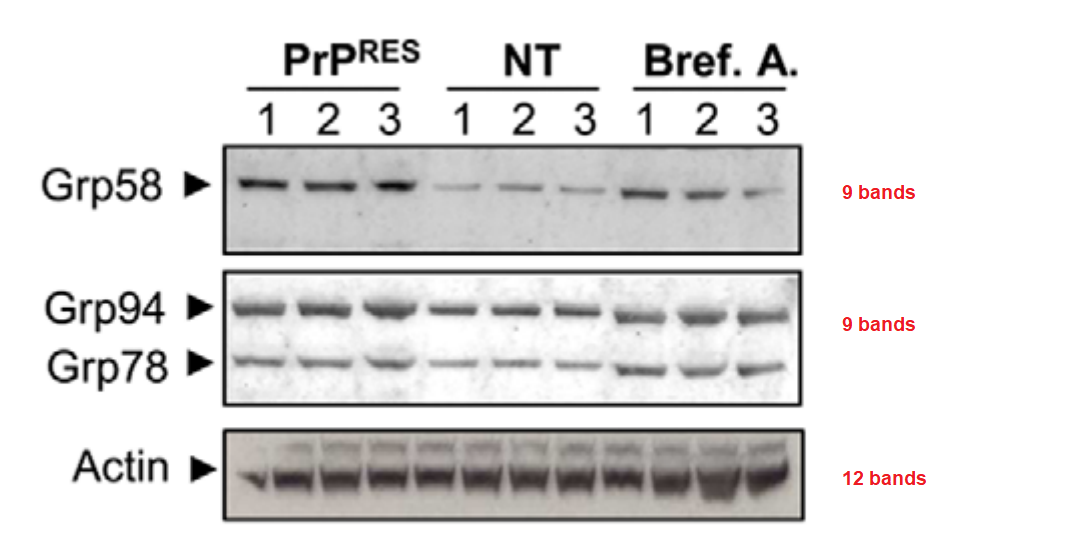
Mauricio Torres, Karen Castillo, Ricardo Armisén, Andrés Stutzin, Claudio Soto, Claudio Hetz Prion protein misfolding affects calcium homeostasis and sensitizes cells to endoplasmic reticulum stress PLoS ONE (2010) doi: 10.1371/journal.pone.0015658
Maybe Hetz likes to play practical jokes, because this lane number mismatch seems to be his signature prank. And academia loves it!
And now, some unhygienic insights into how sausages (aka research papers) are made:
Rene L. Vidal, Alicia Figueroa, Felipe A. Court, Peter Thielen, Claudia Molina, Craig Wirth, Benjamin Caballero, Roberta Kiffin, Juan Segura-Aguilar, Ana Maria Cuervo, Laurie H. Glimcher, Claudio Hetz Targeting the UPR transcription factor XBP1 protects against Huntington’s disease through the regulation of FoxO1 and autophagy Human Molecular Genetics (2012) doi: 10.1093/hmg/dds040
The Supplemental data of that paper was stealthily modified right after Paul Brookes flagged the following issues on his now defunct Science Fraud website:

Do you see that the ATF4 gel is not cloned 1:1, but only two bands in it are identical? Seven years ago, Brookes commented on PubPeer:
“So this article was originally flagged on http://www.science-fraud.org, back in summer 2012.
Coincidentally (some might even say magically), on the exact same day that the supplemental data for this paper was modified, a commenter showed up at the site and left a comment claiming that the blog post was a lie, there was never any problem with the paper and they demanded the post be taken down. Perhaps not surprisingly, the commenter’s IP address mapped to Santiago Chile, where Dr. Hetz is based. How did this coincidence happen? Are we expected to believe that a random reader (not Dr. Hetz) just happened to read the newly modified article on the day it was released, then just happened to come to my website and write a flustered comment about how the claims being made were invalid?
This was all documented in a follow up post on the site, which was then sent to the journal, demanding an explanation for how exactly this “correction” had occurred without being logged on the journal’s pages or on PubMed. Needless to say, the journal offered a boilerplate “we’ll look into it” response, and that was that. Over a year later and no response, no update, and this simply wonderful paper is still out there with absolutely no acknowledgement whatsoever that the original version contained duplicated blots. Follow up emails to the journal using my real name have gone unanswered.
But hey, there’s nothing wrong right? Despite having 6 papers called out in public on my site as containing duplicated western blots and other apparent image fabrications, Dr. Hetz is doing great. His group has 7 post-doc’s, 12 grad’ students, 5 techs/admins, all supported by money from the ALS foundation, Michael J Fox Parkinson’s foundation, Alzheimer’s Association, the Christopher Reeve Foundation, and the Chilean government. The message here is clear – if you can persuade journals to make corrections without publicizing the fact, you can get ahead in science.“
Now, you might wonder what kind of a rotten crook of an editor would stealthily replace falsified figures, possibly to help a cheater sue his accuser for libel. The Editor-in-Chief of the Oxford University Press journal Human Molecular Genetics (HMG) is Dame Kay Davies of Oxford, who herself
- published fabricated data, including in her own HMG, and was exempt from investigation by her University of Oxford on the grounds the criticised papers were more than 3 years old;
- retaliated against a whistleblower who confidentially informed her of data manipulation in HMG, by reporting the whistleblower to their accused superior for due punishment, while refusing to do anything about that paper.
Dame Kay suffered exactly zero consequences for her perfectly upper class behaviour, because this is England and this is also how academia operates. The rules don’t apply to her also.
Aside of Kroemer, Hetz has another friend in France. He coauthored several papers with the cancer researcher Eric Chevet from the INSERM institute in Rennes. Like Hetz, Chevet specialises on studying cellular stress of the endoplasmic reticulum (ER), he also has his own PubPeer record). Here one joint paper:
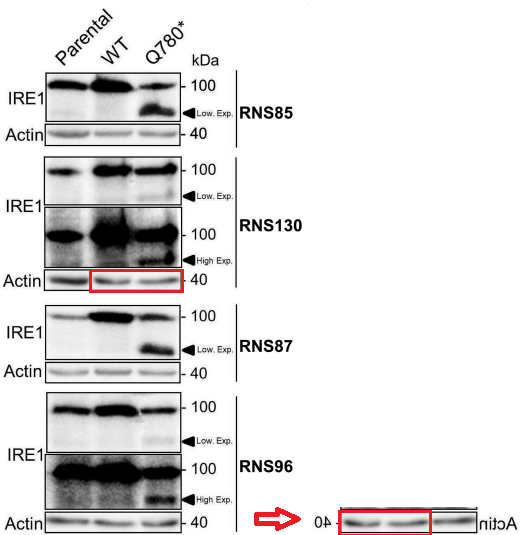
Stéphanie Lhomond, Tony Avril, Nicolas Dejeans, Konstantinos Voutetakis, Dimitrios Doultsinos, Mari McMahon, Raphaël Pineau, Joanna Obacz, Olga Papadodima, Florence Jouan, Heloise Bourien, Marianthi Logotheti, Gwénaële Jégou, Néstor Pallares‐Lupon, Kathleen Schmit, Pierre‐Jean Le Reste, Amandine Etcheverry, Jean Mosser, Kim Barroso, Elodie Vauléon, Marion Maurel, Afshin Samali, John B Patterson, Olivier Pluquet, Claudio Hetz, Véronique Quillien, Aristotelis Chatziioannou, Eric Chevet Dual IRE 1 RN ase functions dictate glioblastoma development EMBO Molecular Medicine (2018) doi: 10.15252/emmm.201707929
Now, a loading control from one gel was apparently flipped and shifted to stand in as loading control of another gel. I will help EMBO Press here: that loading control was probably “never significant” either. Now, a source told me that Chevet is not only best friends with Hetz, but was also was involved in the removal of his Rennes colleague, Patrick Legembre, after Legembre was accused of bullying and caught with manipulated data. My source finds this ironic.
Just so you don’t start blaming junior scientists for putting naughty stuff in Dr Hetz’ papers: much of his PubPeer record stems from the time when he was junior scientist himself. Like this, when Hetz did postdoc in the Dana Farber/Harvard lab of the late giant of cancer research, Stanley Korsmeyer.
Claudio Hetz, Paula Bernasconi, Jill Fisher, Ann-Hwee Lee, Michael C Bassik, Bruno Antonsson, Gabriel S Brandt, Neal N Iwakoshi, Anna Schinzel, Laurie H Glimcher , Stanley J Korsmeyer Proapoptotic BAX and BAK modulate the unfolded protein response by a direct interaction with IRE1alpha Science (2006) doi: 10.1126/science.1123480
There are duplicated gel bands and lots of splicing.
What does all that gel splicing mean? Oh, nothing serious, just some lanes showed wrong results and need to be replaced probably. And of course there is the signature panel with alternating lane number: anything between 7 and 11 lanes is correct, no peer reviewer would dare to object to a Korsmeyer paper.
Now, Korsmeyer died in 2005, this is why when the paper with its falsified data was published after his death, Hetz was the corresponding author. Not a nice thing to do to a dead person (but apparently common practice in academia, there are other examples on my site, read here and here). As it happened, Korsmeyer also trained another artist, Atan Gross from Israel (read here about this Weizmann Institute researcher).
The latest paper Hetz published with Korsmeyer was in 2012, seven years after the latter’s death. The following one appeared also post-mortem, it has a spliced gel and Hetz’s signature prank of mismatched gel lanes:
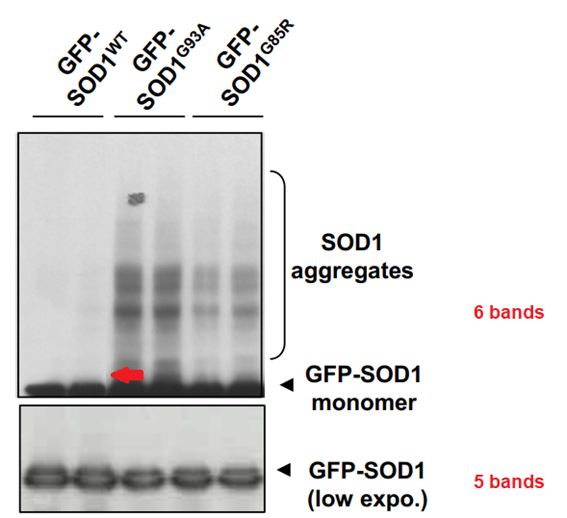
C Hetz, P Thielen, J Fisher, P Pasinelli, R H Brown, S Korsmeyer, L Glimcher The proapoptotic BCL-2 family member BIM mediates motoneuron loss in a model of amyotrophic lateral sclerosis Cell death and differentiation (2007)
doi: 10.1038/sj.cdd.4402166
Here another work of art from the Korsmeyer period:
Claudio Hetz, Pierre-Alain Vitte, Agnes Bombrun, Tatiana K. Rostovtseva, Sylvie Montessuit, Agnes Hiver, Matthias K. Schwarz, Dennis J. Church, Stanley J. Korsmeyer, Jean-Claude Martinou, Bruno Antonsson Bax channel inhibitors prevent mitochondrion-mediated apoptosis and protect neurons in a model of global brain ischemia Journal of Biological Chemistry (2005) doi: 10.1074/jbc.m505843200
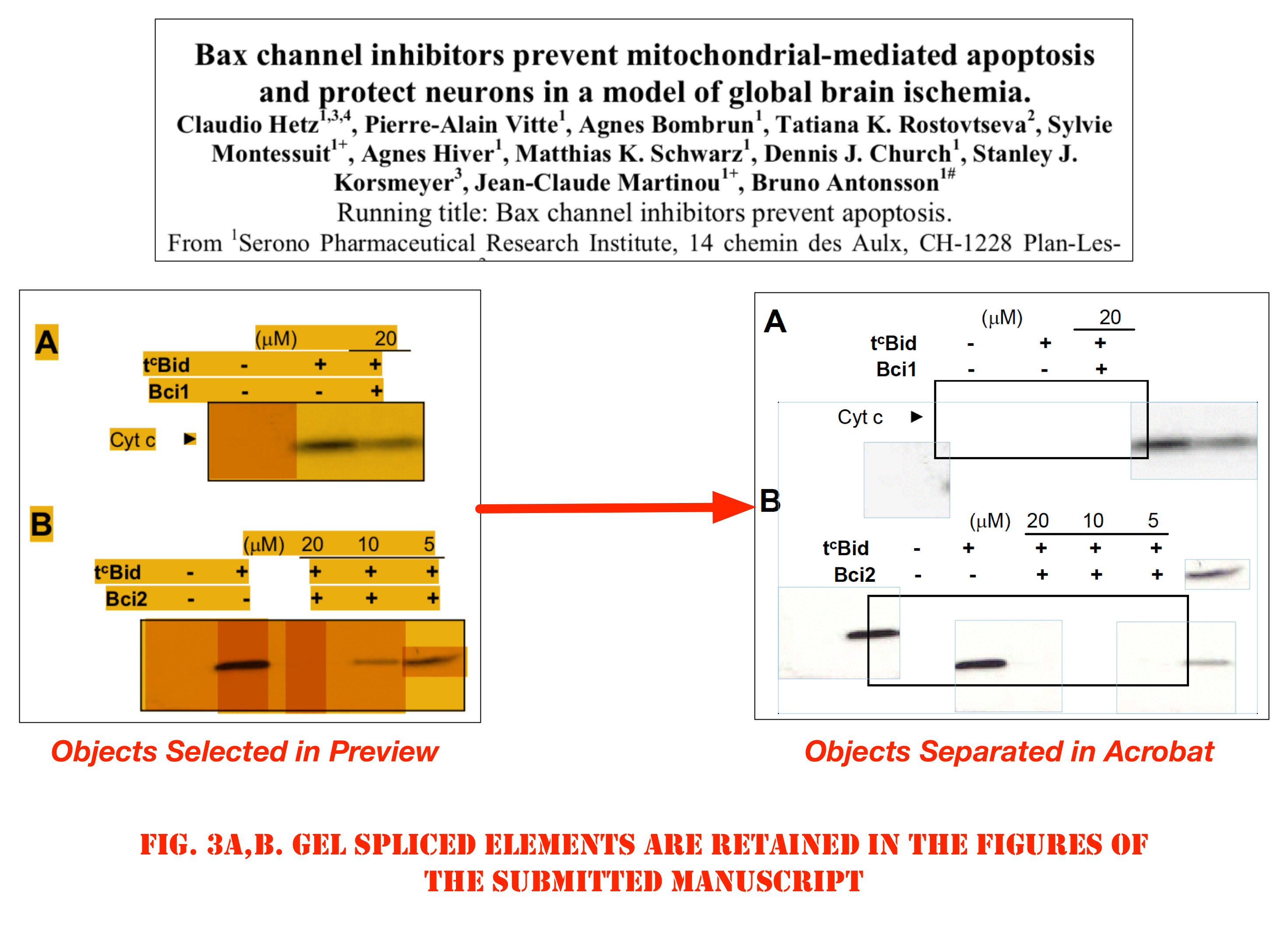
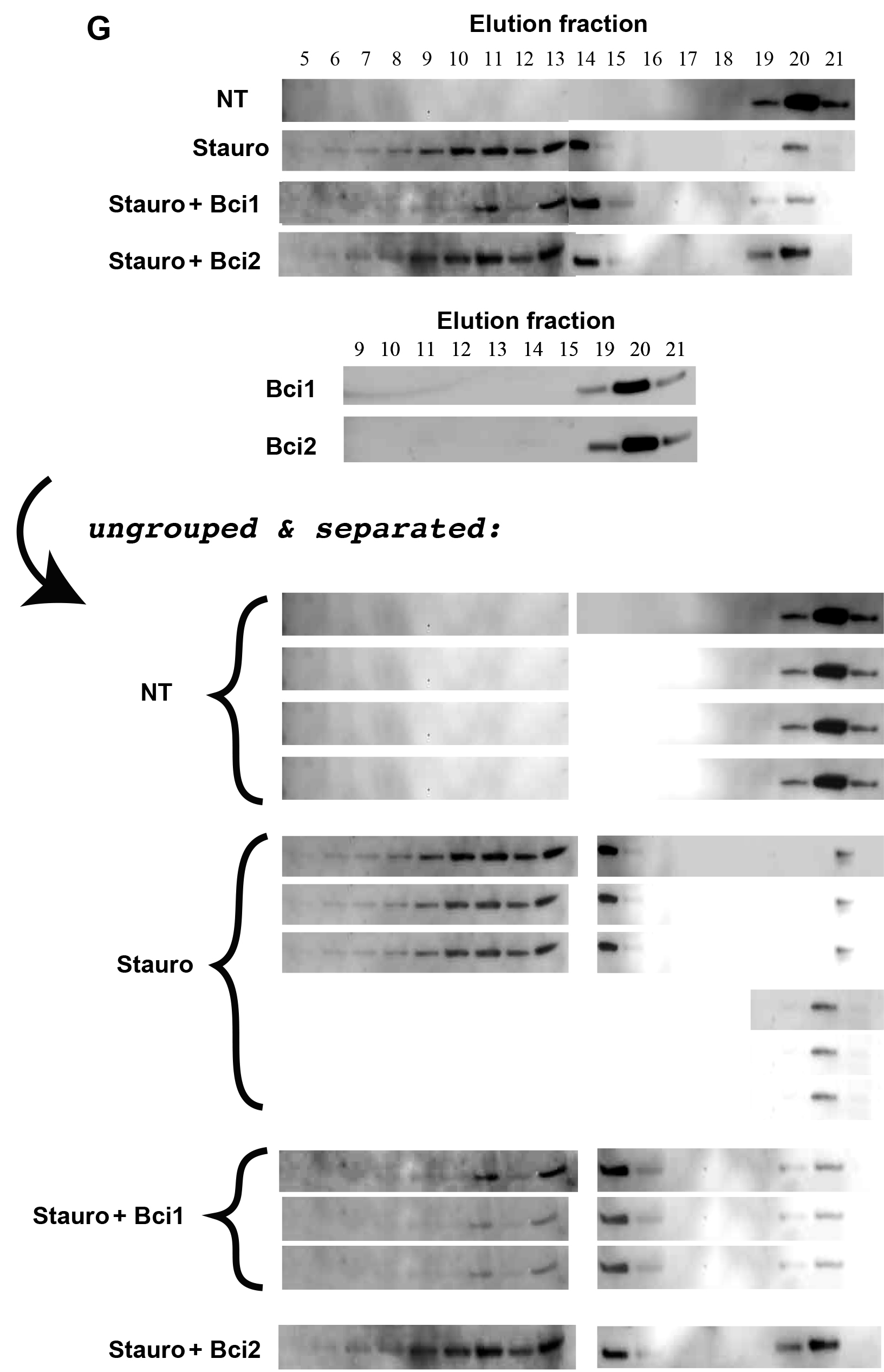
And guess what? Only the flow cytometry in Figure 5A was corrected (“This error does not change the interpretation of the results presented in this figure or any of the conclusions of the paper“), in 2012 after Paul Brookes flagged it on his now defunct site. Despite later PubPeer evidence above, in August 2020 Hetz insisted there were no other issues in that paper.
Going back in time, here is something from Hetz’ PhD period, recognised by the Chilean Society of Biochemistry and Molecular Biology with the Herman Neimeyer Medal, for him as the best PhD student in Biomedical Sciences of Chile in 2003. Who wants some flawed cytometry?
Claudio Hetz, María Rosa Bono, Luis Felipe Barros, Rosalba Lagos Microcin E492, a channel-forming bacteriocin from Klebsiella pneumoniae, induces apoptosis in some human cell lines Proceedings of the National Academy of Sciences (2002) doi: 10.1073/pnas.052709699
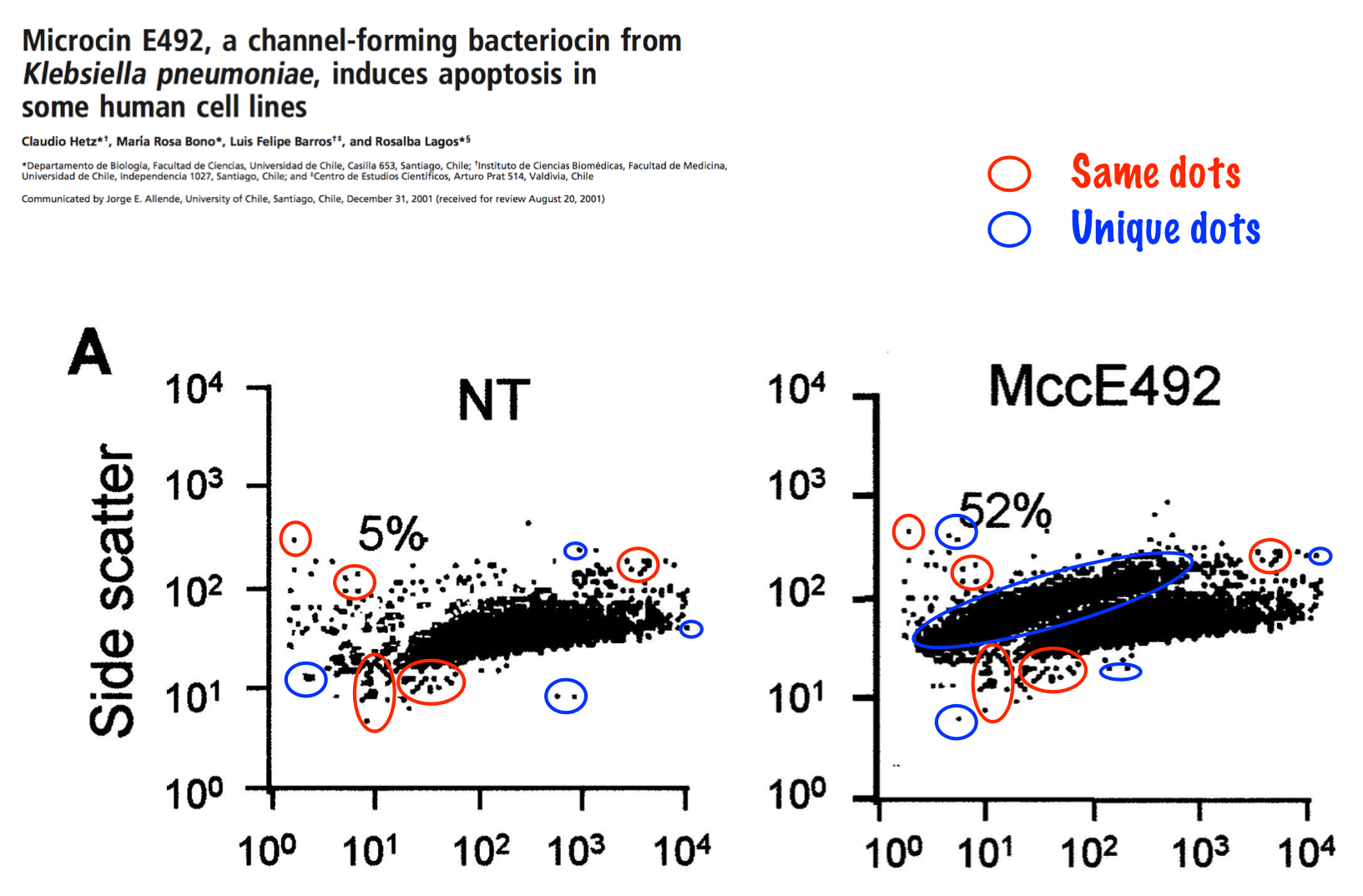

Another one, because many of my readers are PhD students who need to learn how to succeed in academia the proper way. Watch, children, and learn, so you don’t become failed scientists:
Claudio A Hetz, Martin Hunn, Patricio Rojas, Vicente Torres, Lisette Leyton, Andrew F G Quest Caspase-dependent initiation of apoptosis and necrosis by the Fas receptor in lymphoid cells: onset of necrosis is associated with delayed ceramide increase Journal of Cell Science (2002) doi: 10.1242/jcs.00153
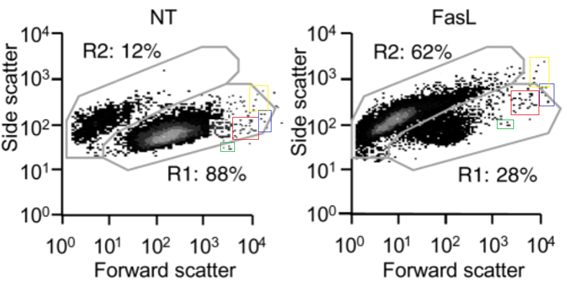
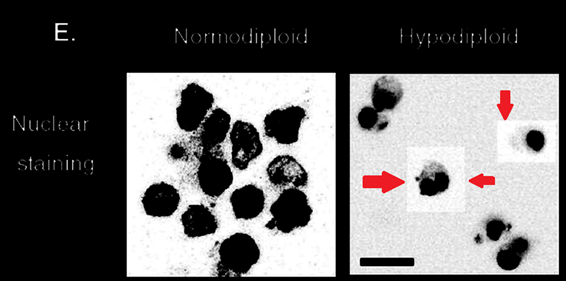
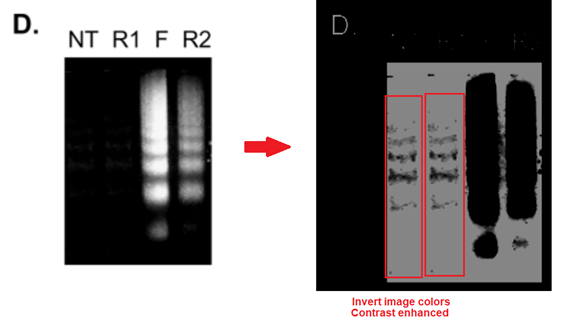
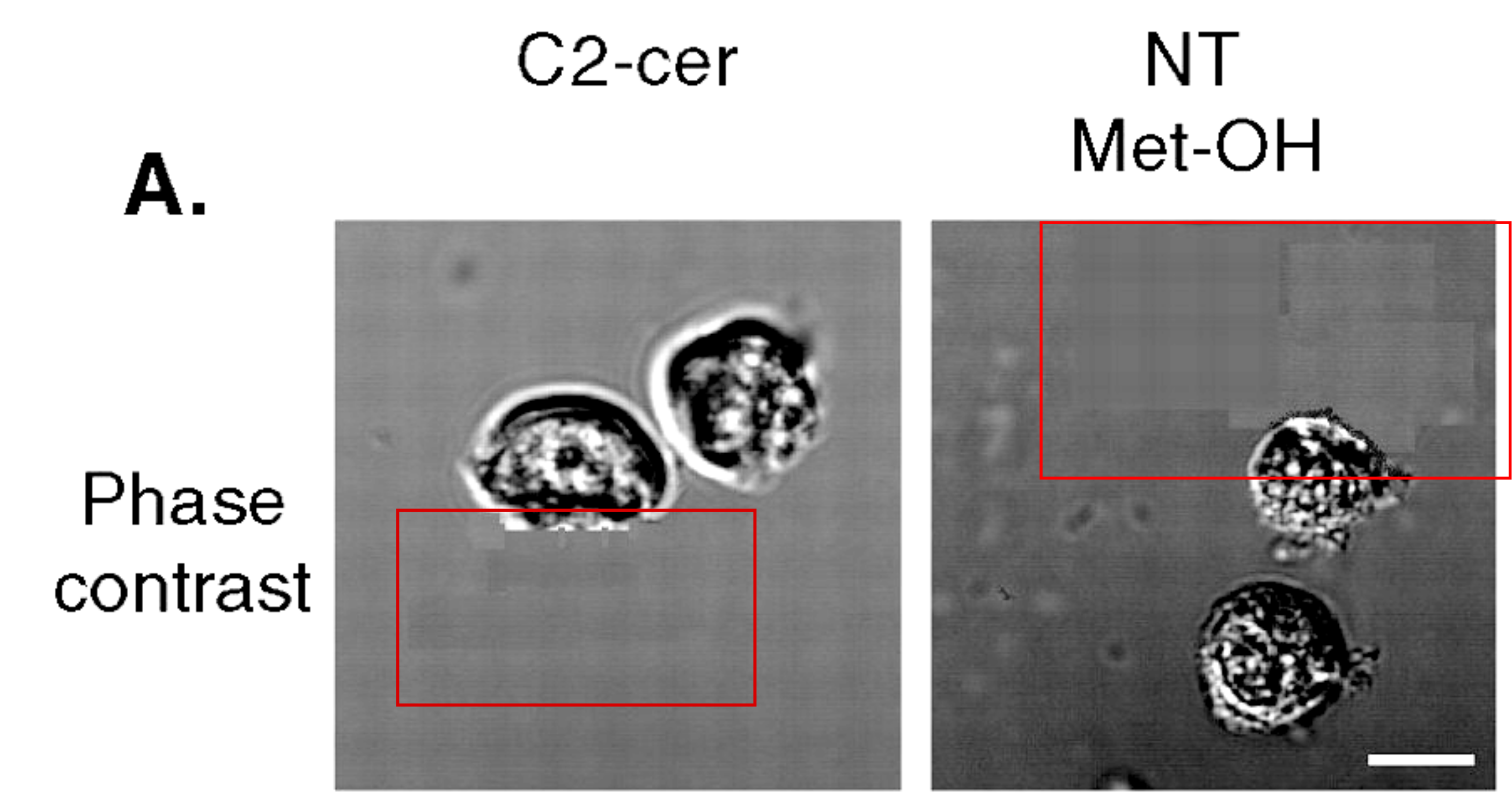
As graduate student, Hetz received Chilean fellowship funding to do his PhD abroad, in Switzerland. Once there, he obtained a Federal Swiss Confederation scholarship to do his PhD research at the Serono Pharmaceutical Research Institute in Geneva. This was where Hetz met his Chilean compatriot Cladio Soto, who is now professor at the University of Texas MacGovern Medical School. Soto of course is also Photoshop expert with his own PubPeer record. The collaboration was very productive, as you can see:
Claudio Hetz, Milene Russelakis-Carneiro, Kinsey Maundrell, Joaquin Castilla, Claudio Soto Caspase-12 and endoplasmic reticulum stress mediate neurotoxicity of pathological prion protein The EMBO Journal (2003) doi: 10.1093/emboj/cdg537
These mismatched gel lanes again, what sense of humour. This also is quality science Made in Switzerland, by Hetz and Soto:
Claudio Hetz, Milene Russelakis-Carneiro, Sébastien Wälchli, Sonia Carboni, Elisabeth Vial-Knecht, Kinsey Maundrell, Joaquín Castilla, Claudio Soto The disulfide isomerase Grp58 is a protective factor against prion neurotoxicity Journal of Neuroscience (2005) doi: 10.1523/jneurosci.4090-04.2005


Can you see those bands spliced into Frankenstein gels, indicated by red arrows? It had to be, Journal of Neuroscience is an elite venue in its field, the authors needed the most convincingly fabricated results to pass peer review there. The conclusions, at least those that Claudio Hetz is an untouchable genius, remain unaffected.
More from the two Claudios, to round up. A fake immunohistochemistry image in Cell, a top-rank journal which could not give less of a toss, and a spliced gel while bullshitting the readers into believing they look at same protein blot re-probed:

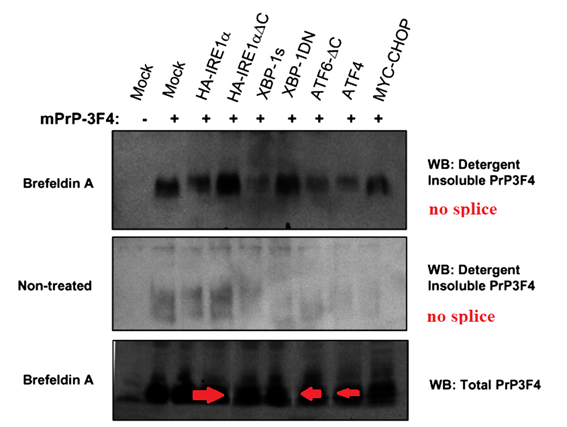
The fact that neither Hetz nor Kroemer ever retracted paper while bagging one cash award and grant after another, should give you, dear reader, pause to ponder what the hell are you doing in science, taking away resources from productive geniuses like these two. You parasite.
Update 13.01.2020
Reader alerted me to a statement Hetz published on his own lab website (referencing papers up to 2018, pdf generated on 11 August 2020). There, Hetz addresses the PubPeer evidence for each paper, and explains that gel splicing and band copy-pasting was “a normal practice 10 years ago” and everything else was either “unintentional errors” or false alarms for which no correction is needed. The editors at Nature Cell Biology, EMBO Press, PNAS, Society of Neuroscience, and of course also HMG accepted his explanations, Hetz even posts their emails. He also mentions:
“For full transparence we also requested an ethic investigation to the Faculty of Medicine. An inter-institutional commission was generated with no-conflict of interest, and concluded that errors when existed where [sic!] unintentional.”
It seems, that investigation by the university of Chile took place in 2017, possibly with the outcome that the raw data deposition and review mandate began in June 2017, because Hetz writes on his lab site:
“In addition, since 2017 as part of this policy all lab books are revised once a moth and all image splicing and statistical analysis and number of replicates are indicated in figure legends.”
Here some screenshots from Hetz’ August 2020 statement:

Update 15.01.2021
I now commented on the above PDF, the concerns remain. Please download the file, my own comments are in red.
Hetz’ institute issued yesterday a statement in support of its director as reaction to this article, and referencing earlier reporting by Paul Brookes. The great man himself will soon reply on PubPeer.
A translation is available here.
Update 18.01.2021
Regarding this case, the University of Chile issued a press release today:
“The university must be able to guarantee that the information that emanates from it is transparent, objective and truthful, so that the Rectorate will implement an independent investigative commission of the highest scientific and academic level, which provides guarantees of transparency and objectivity in order to verify, clarify, and propose the necessary measures to prevent any potential laxity or lack of scientific rigour in this case.”
Update 19.01.2021
Another university press release from same day announced about the investigative commission:
“The group must be made up of academic researchers, internal and external to the University, with the required technical skills and working completely independently.”
More Hetz’ co-authored papers were criticised on PubPeer:
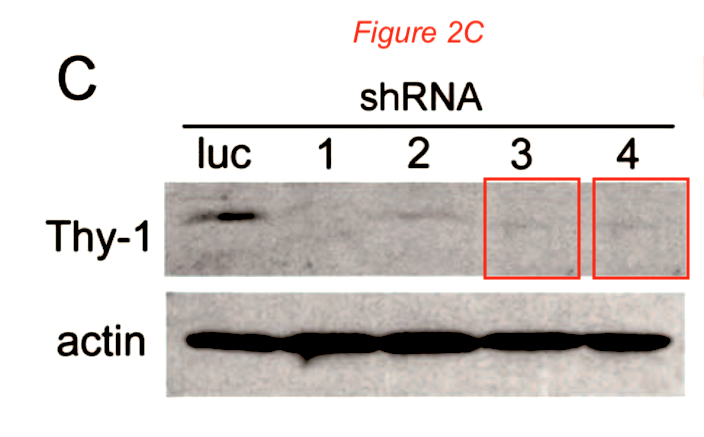
Rodrigo Herrera-Molina, Renato Frischknecht, Horacio Maldonado, Constanze I. Seidenbecher, Eckart D. Gundelfinger, Claudio Hetz, María De La Luz Aylwin, Pascal Schneider, Andrew F. G. Quest, Lisette Leyton Astrocytic αVβ3 integrin inhibits neurite outgrowth and promotes retraction of neuronal processes by clustering Thy-1 PLoS ONE (2012) doi: 10.1371/journal.pone.0034295

Mathieu Nivon, Loïc Fort, Pascale Muller, Emma Richet, Stéphanie Simon, Baptiste Guey, Maëlenn Fournier, André-Patrick Arrigo, Claudio Hetz, Julie D. Atkin, Carole Kretz-Remy NFκB is a central regulator of protein quality control in response to protein aggregation stresses via autophagy modulation Molecular Biology of the Cell (2016) doi: 10.1091/mbc.e15-12-0835
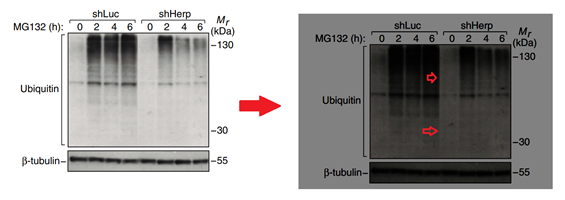
Clara Quiroga, Damian Gatica, Felipe Paredes, Roberto Bravo, Rodrigo Troncoso, Zully Pedrozo, Andrea E. Rodriguez, Barbra Toro, Mario Chiong, Jose Miguel Vicencio, Claudio Hetz, Sergio Lavandero Herp depletion protects from protein aggregation by up-regulating autophagy Biochimica et Biophysica Acta (2013) doi: 10.1016/j.bbamcr.2013.09.006
Update 20.01.2021.
Another paper flagged on PubPeer, and what coathor Dr Hetz had there! None other but Sanofi’s R&D Head John C Reed, who has an impressive record of problematic papers from his startup past.
Fernanda Lisbona, Diego Rojas-Rivera, Peter Thielen, Sebastian Zamorano, Derrick Todd, Fabio Martinon, Alvaro Glavic, Christina Kress, Jonathan H. Lin, Peter Walter, John C. Reed, Laurie H. Glimcher, Claudio Hetz BAX inhibitor-1 is a negative regulator of the ER stress sensor IRE1alpha Molecular Cell (2009) doi: 10.1016/j.molcel.2009.02.017
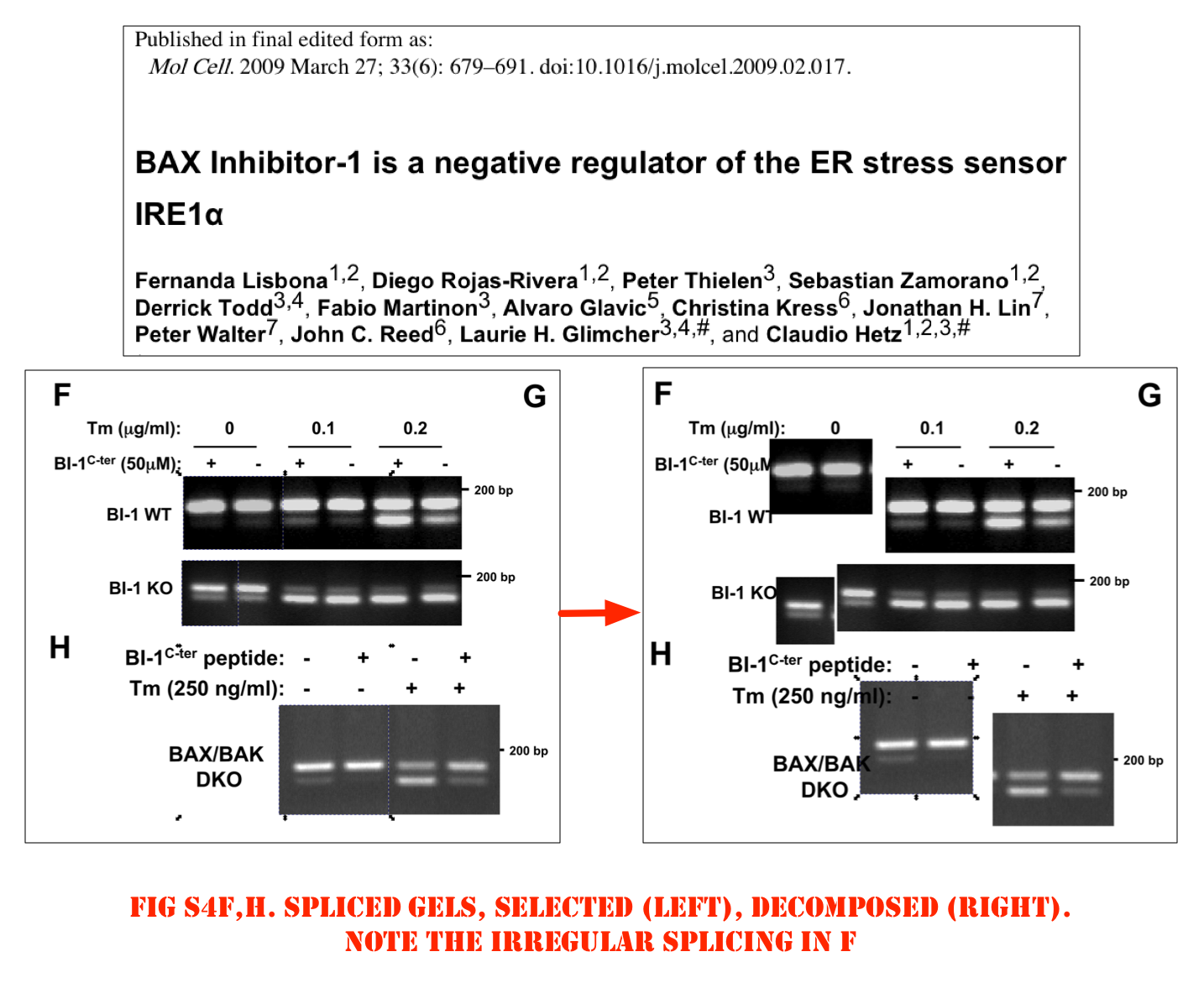
Update 15.09.2021
Hetz was found guilty of what sounds like research misconduct by gross negligence. No fraud was found though because no intent could be determined.
Here the university’s press release:
“Regarding the substantive issue, the investigation establishes, as a first conclusion, that in the study of the antecedents, actions constituting scientific fraud were not detected, understood as a deliberate act of creating false data to support or demonstrate a certain scientific thesis . In this way, no publication has been retracted, maintaining the validity of its findings and conclusions.
Notwithstanding the foregoing, the committee detected some objectionable patterns of behavior that were at odds with scientific ethics, which were ratified in the report of the ethics commission of the Faculty of Medicine. In particular, these refer to manipulations not allowed, nor informed of figures published in some scientific works. See ethics report link
In this regard, the most important conclusions of the reports include:
1- That it has been documented in a certain way that Professor Hetz has engaged in behaviours that are classified as breaches in integrity of the scientific process, understood as an inexcusable abandonment of his duty of care in the performance as a professional of scientific research, Negligent acts and conducts and untidiness in the presentation of results, in particular those related to the figure presentations that suffered undue alterations and that were not correctly reported.
2- That the main responsibility for the anomalies detected falls on Dr. Hetz himself, as the corresponding author, without detriment to the specific responsibility that his subordinates and collaborators may have.
3- That these behaviors constitute an unacceptable behavior in the scientific process since they damage public trust, so they must be corrected immediately.”
It links to the investigative report which mentions interesting things. First, the investigation was set up specifically because of my article, and second: Hetz is constantly berated for being evasive, and for failing to show any concept of guilt for the data manipulations he admits to have committed as first author, while blaming his lab members and collaborators for manipulations in his later papers.
This is my favourite quote:
“Furthermore, with the latter explanation, Dr. Hetz seems rather to regret that he did not have better tools for editing the figures, so that the undeclared interventions would have gone unnoticed.”
Indeed, he has much better tools now, so you won’t catch him again.

Donate!
If you are interested to support my work, you can leave here a small tip of $5. Or several of small tips, just increase the amount as you like (2x=€10; 5x=€25). Or donate to the Hetz lab, they seem to be curing brain diseases!
€5.00

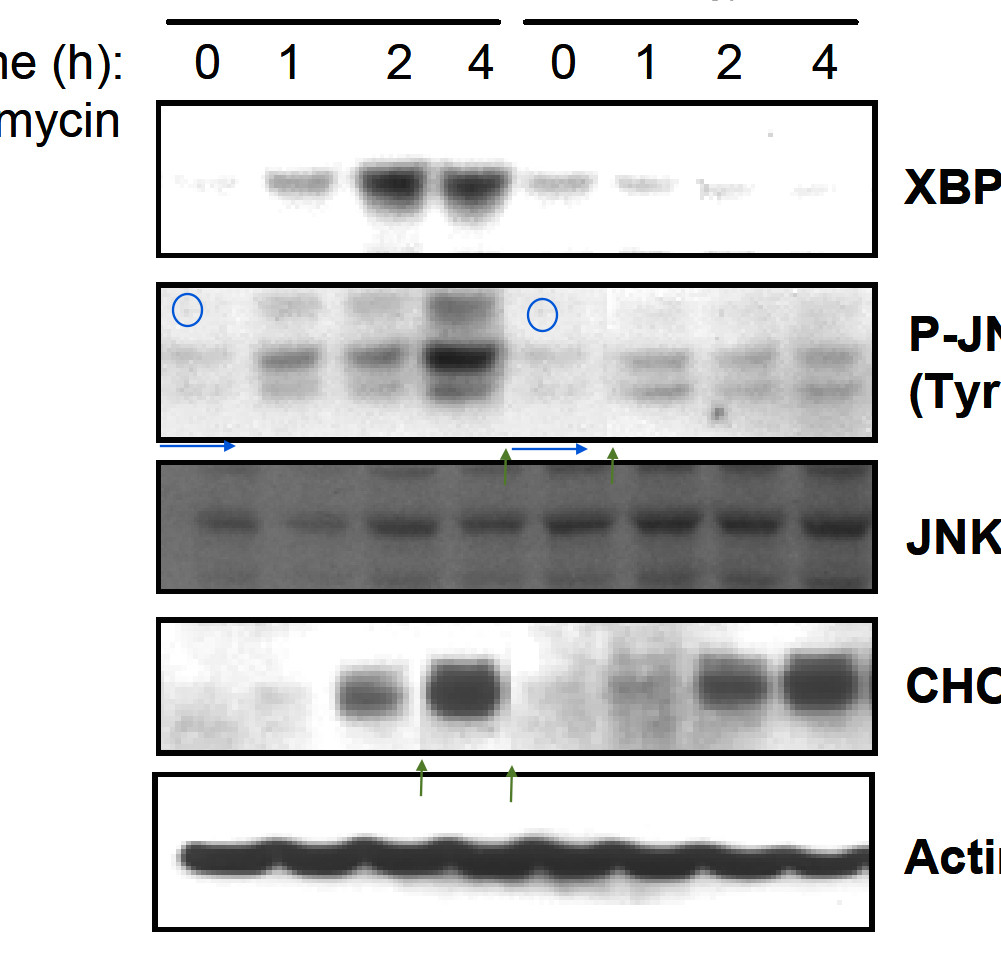
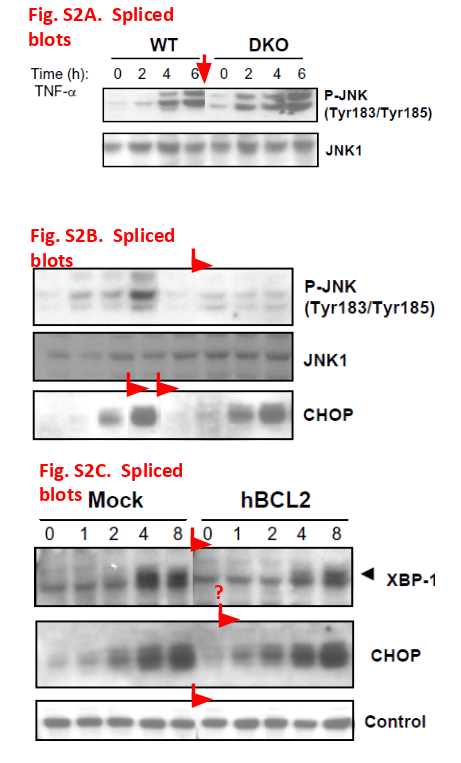
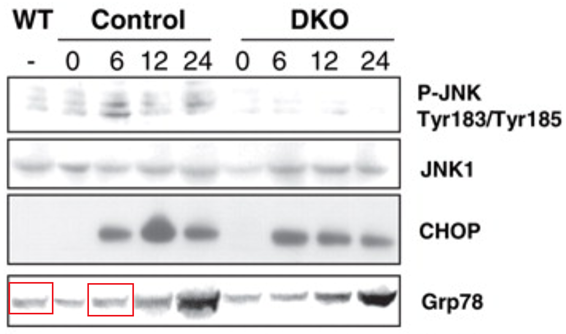
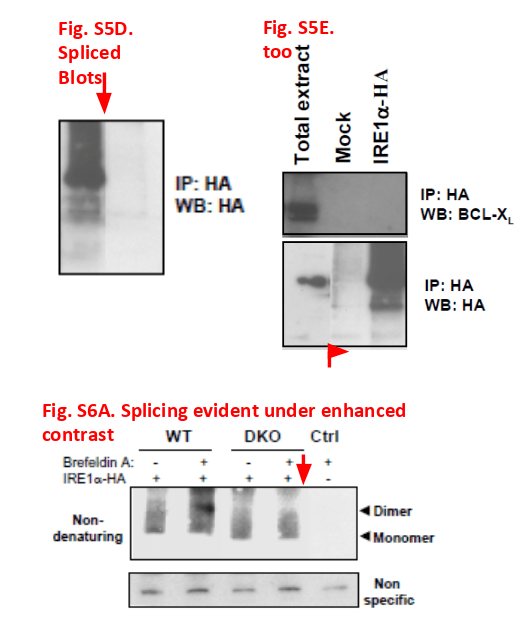
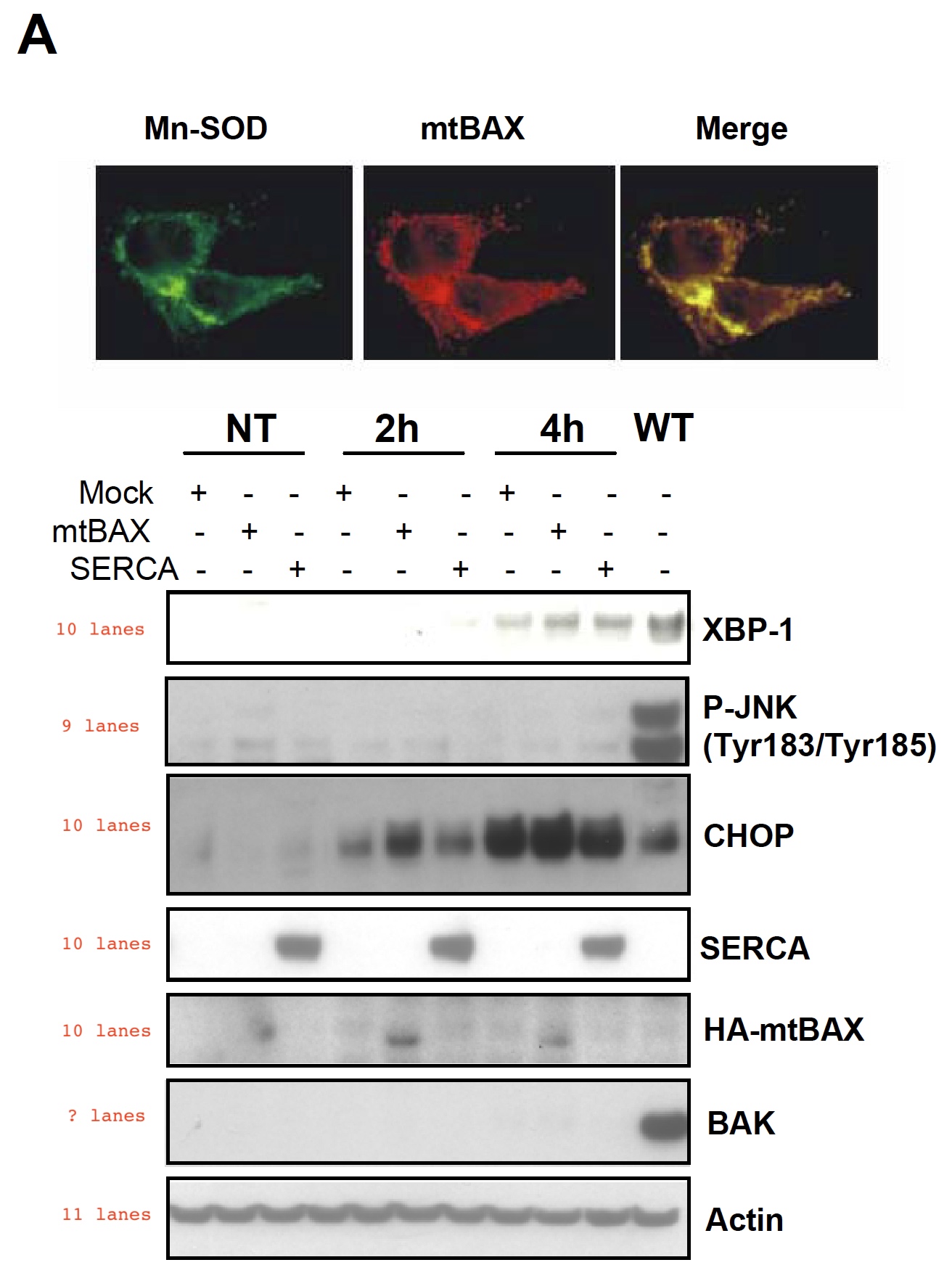
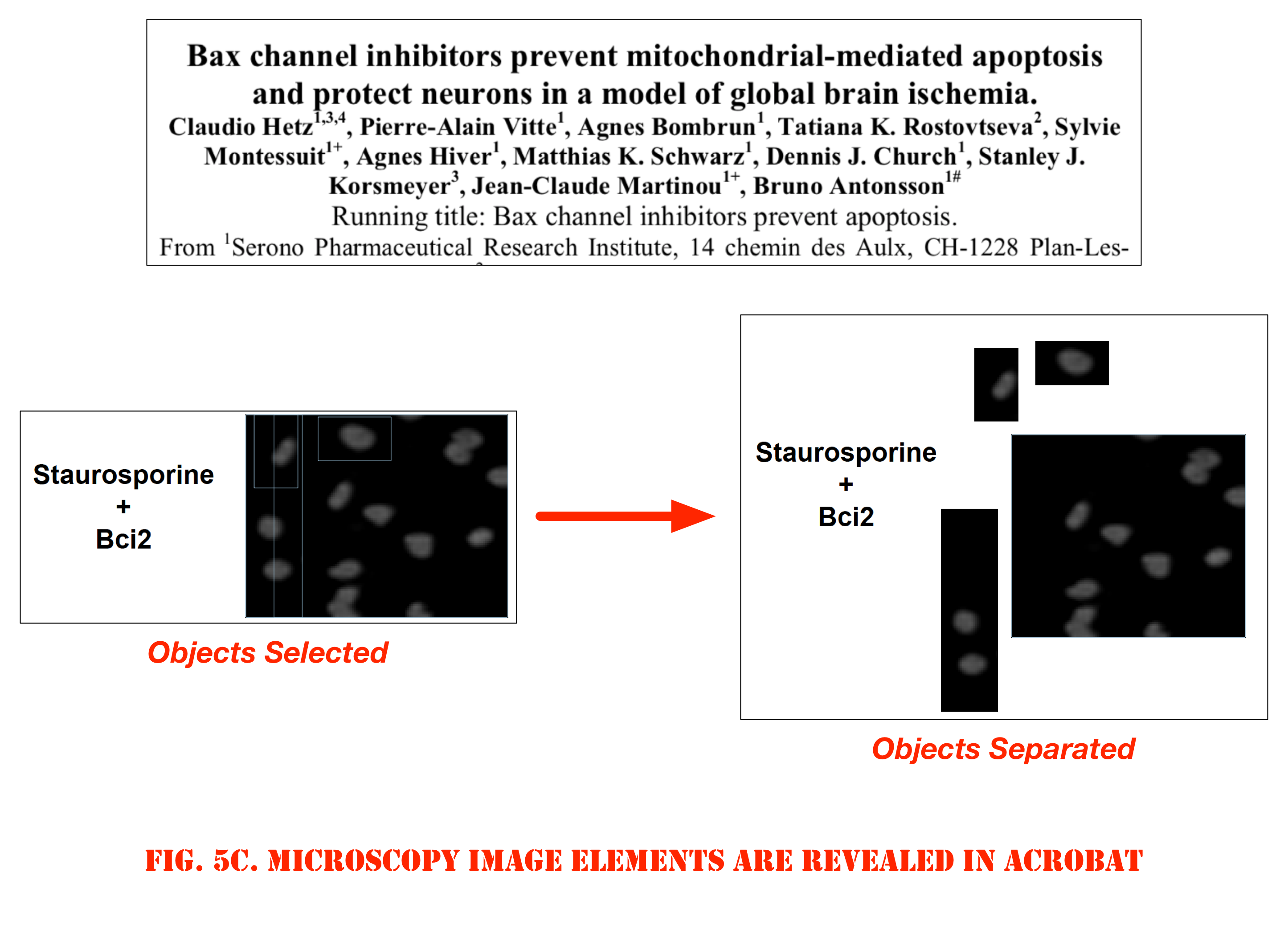
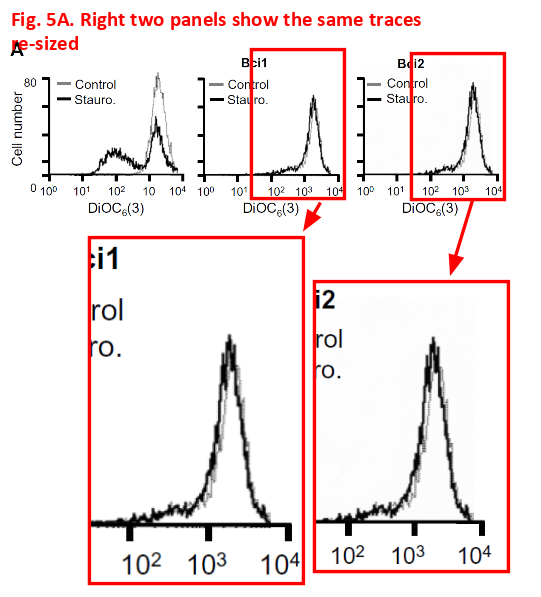

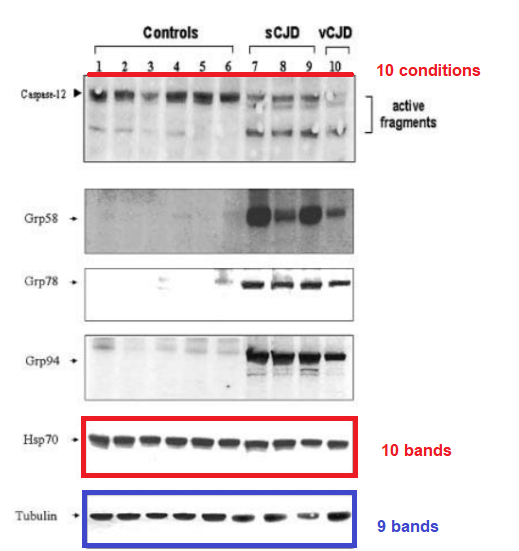


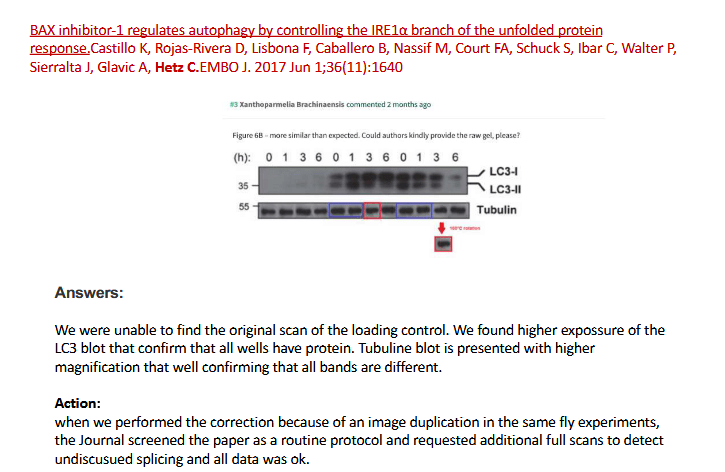

Dear Leonid
this is an interesting article but you forgot another friend of Hetz and Chevet, Remy Pedeux who has done a great job with photoshop, https://pubpeer.com/search?q=pedeux, don’t you?
LikeLike
Did you see this disclaimer before writing ?
Click to access Data-backup-and-LAB-actions-from-comments-Pubpeer-2_compressed.pdf
LikeLike
Thanks, already in the update!
LikeLike
Click to access Data-backup-and-LAB-actions-from-comments-Pubpeer-2_compressed.pdf
LikeLike
Thanks, already in update!
LikeLike
Page 12 of this document. The raw data does NOT match their data for RNS96 and RNS130????
LikeLiked by 1 person
Assemble a picture please and post here and on pubpeer!
LikeLiked by 1 person
Laurie Glimcher was dean of Weill Cornell a few years before what’s-his-face. I was intrigued by her until I found a video where she stated she “did not suffer fools”, and then recognized that she was full of herself; too full to look carefully at some of the papers she publishes as well. I really think that part of success in science is coming off as stuck-up so it seems like you really know what your doing, like Laurie Glimcher.
LikeLike
Share the video!
What’s his face is Augustine Choi
LikeLiked by 1 person
Its at 3:50. If you wonder why there is a lot of angry resentful people in the US wearing MAGA hats who might like to cane individuals like Glimcher or her equally stuck up husband Greg Petsko, just listen to her general attitude. Fox news may be on to something with the idea of stuck-up academics.
LikeLiked by 1 person
Fan art from Twitter

LikeLiked by 1 person
This just in:
Translation:
In this regard we clarify
However, they are not 100% foolproof and it is possible that certain errors are not detected or in the review process internal, or peer review. When this happens, there are formal instruments defined by the
magazines to clarify possible questions. Likewise, publishers have ethics committees who evaluate these situations.
interaction with the corresponding publishers, not affecting the publication of any of the articles in question since these errors did not invalidate the publication results. The information of this
process was made transparent to the community making it available on Dr. Hetz’s laboratory website (www.hetzlab.cI/data), however, this information was overlooked in the aforementioned attacks.
multi-institutional commission without convicts of interest, who concluded that the errors found were involuntary.
ensuring that the primary data supporting the publications were available on the website of the laboratory, together with the implementation of a transparency and internal control to identify possible
errors prior to the publication of scientific studies.
allow to keep a more strict record of experiments performed, train students on the correct use of laboratory notebooks through workshops, the generation of a platform for data storage, in addition to initiatives that ensure the ethics of animal experimentation.
LikeLike
Other interesting characters from the Buck Institute:
Dale Bredesen https://pubpeer.com/search?q=bredesen
Lisa Ellerby https://pubpeer.com/search?q=ellerby
LikeLike
https://pubpeer.com/publications/C246FEC9AAB300E7C7144338AC779D#2
I agree with DIDIDI’s comment, the added figures do not match with the original data and I don’t believe that the editors of EMBO reports could have accepted this kind of response as this is quoted in the document provided by walter (page 12):
“Answer:The editorial office requested original data from Dr Chevet, which showed that the experiments were properly presented. No correction was needed”
In conclusion, you can show some gels similar enough to the figure in EMBO report and nothing happens? unbelievable !
LikeLike
That quote above about checks “once a moth”, are they checking the notebooks on the fly?
HAHAHA LOL!
Cheers, Oliver
LikeLike
Hetz will not be taken out for this obvious fraud, either done by him or others in his lab. He has been deified by his own country (Chile), like Carlos Lopez Otin in Spain. Smart for him to return to Chile, where he appears to be a god of scientific research. He probably would have a lot more trouble if he was still in the USA; but then again, if he has powerful people like Laurie Glimcher reading and approving his grants and papers, maybe not.
LikeLike
Why this doesn´t surprise me? Recently another chilean research (published by AGU) stated that there was a connection between a big earthquake and the activity of some volcanoes shortly after it. This was widely spread, but I discovered several flaws, including omitted key info and fake conclusions that can´t be obtained from the exposed data. No Photoshop, but another example of bad science. Additionally one of the authors has faked his curriiculum, emerging as another “god” of chilean science. I hope to write an article soon.
LikeLike
https://www.uchile.cl/noticias/172635/comunicado-de-prensa-u-de-chile-por-investigacion-datos-cientificos
LikeLike
Pingback: Il buono, il brutto e l'O's digest - Ocasapiens - Blog - Repubblica.it
Your article is great. I’m Chilean and I met him a few years ago, he definitely have many of the malignant narcissism features. Anyway, do you know if their findings are replicated by other groups? It’s quite impressive the silence of reviewers and editors. In many of this cases his explanation is not satisfactory or directly he don’t provide the raw data however editors don’t do anything.
LikeLike
Great work, Leonid. Congrats!
Looking at Pubpeer, I might have some suggestions for a future update:
i) When describing doi: 10.1038/emboj.2011.318, the blot figure was updated with additional concerns: https://pubpeer.com/publications/498B94A1593DD12E8A07FD43884BB3#5
ii) 3 new potential concerns after your publication:
https://pubpeer.com/publications/359277B58F6FDC212179EB078F65FB#1
https://pubpeer.com/publications/D96D1C62A1628757E4D2009D4BF934#1
https://pubpeer.com/publications/70BF34EC79F1237990B1EBB1FB2EC4#1
iii) About doi: 10.15252/emmm.201707929, you might also want to include the opinion of another image forensics expert (Elisabeth Bik):
“I agree with Ripartites Tricholoma. The original Actin blots provided do NOT match the published blots. These original blots did not take away our concerns, but actually made them stronger, since they do not correspond to the blots in the paper.”
https://pubpeer.com/publications/C246FEC9AAB300E7C7144338AC779D#3
LikeLike
Thank you, I updated the article!
LikeLike
Pingback: Universidad de Chile investigará denuncias de irregularidades en estudios de Claudio Hetz – Insular FM
Pingback: Victims as perpetrators – For Better Science
I am a Chilean scientist and I have worked with Claudio before. I can say that he is a perfectionist, smart and he has a high work ethic. He would never published or falsify data. Science is his life, it’s not a job, it’s what he is. I do not know why you want to trash his name. I can see you are jealous of his success(you could not keep up with science that is why you are a former scientist that trash successful scientists).
LikeLike
You just post comments that you like, there is not free speech allowed. You deleted my post supporting Dr. Hetz.
LikeLike
Wrong, your comments were in moderation for some hours because you are new and in a different time zone.
Pity you comment anonymously though, afraid of supporting Dr Hetz because?
LikeLike
Dear Leonid,
I’m also a Chilean scientist, but I have no connection with Claudio Hetz.
I applaud your work, it is fundamentally wrong to make one’s way through science recurring to these type of tactics and I think people should be punished by doing so (even criminally due to the wrong use of public funding and fraudulent behaviour). I’m surprised by the sheer magnitude of his forgery — just WOW.
He was/still is regarded as a brilliant scientist, and hoards most of the funding available (all big names here in Chile do). I hope he serves as an example of why it is wrong to move forward in the academic ladder using these tactics.
Keep up the good work!
LikeLike
Today The EMBO Journal replied 3 Pubpeer threads mentioning that they are “working with the authors to address these concerns”.
https://pubpeer.com/publications/FB3AE85CF30DA42440E0B863B53B57#2https://pubpeer.com/publications/498B94A1593DD12E8A07FD43884BB3#6https://pubpeer.com/publications/AC7B72731281ACA1DB6081D09B6E33#4
These concerns were firstly raised on Pubpeer 10 months ago…
LikeLike